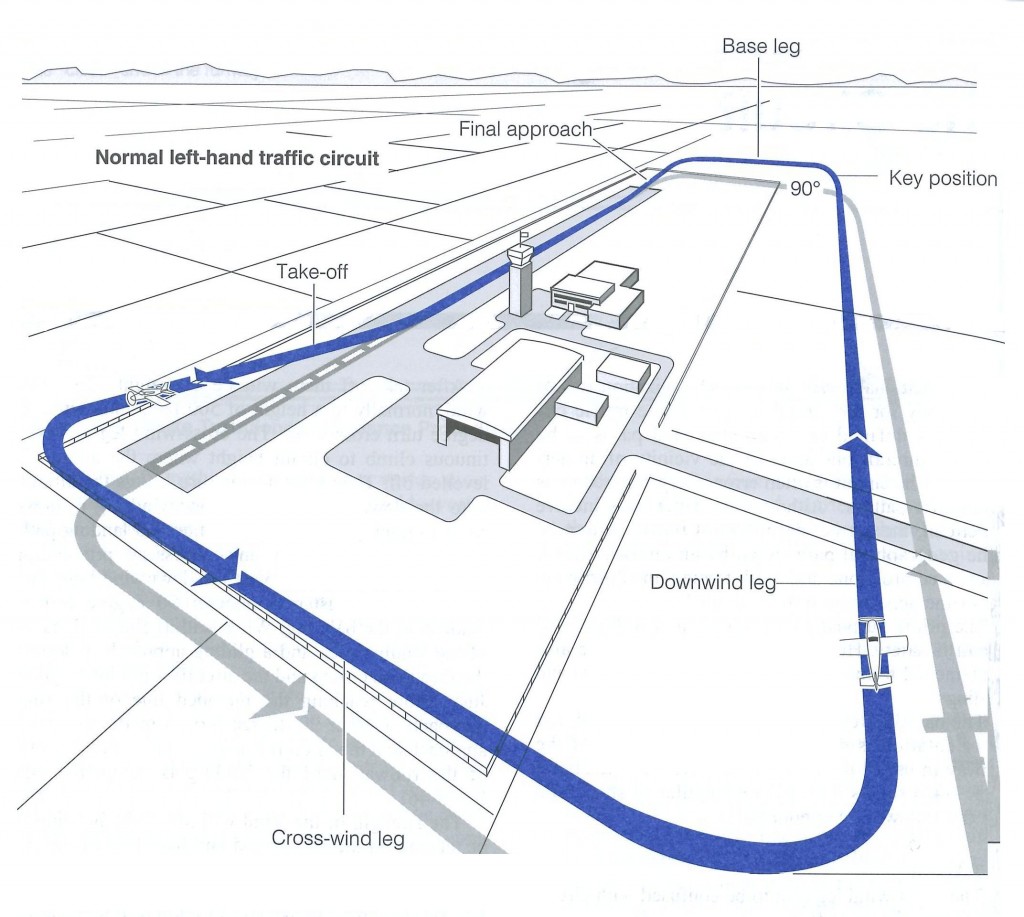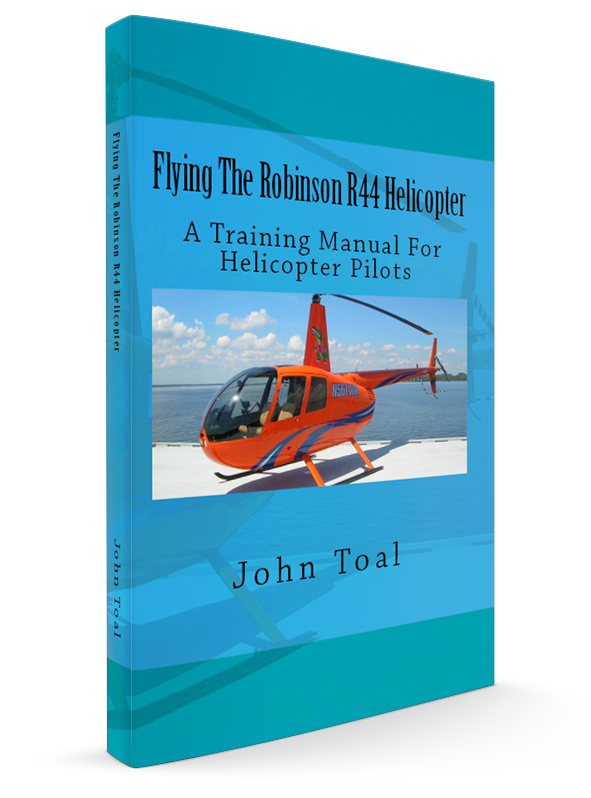The Helicopter Circuit
(Reviewed on 5th April 2021)
Why Fly a Helicopter Circuit?
Airplanes fly circuits. They fly them a lot and we can understand how this helps the pilots improve their handling of the aircraft.
But most helicopters do not normally do their approaches to a runway. We normally approach directly to where we want to land. So why do we need to do circuits? There are a few very good reasons:
- Circuits cover a lot of the flight exercises. E.g. hovering, spot turns, transitions, climbing, climbing turns, straight and level; to name just a few. By flying a circuit, your instructor or examiner can tell just how well you are flying the helicopter and what your weak points are.
- By flying circuits, you gain an understanding of the operation of the airport and the circuit and you develop a situational awareness of other aircraft in the vicinity. When you arrive at an airfield for the first time, you will know the procedure to follow and what is expected of you in the circuit.
- When you fly circuits, you improve your handling of the aircraft and the accuracy of your flying will improve.
- Any confined area you land at will require you to fly a circuit.
How to Fly Helicopter Circuits
Prepare for the circuit. If you are going to be landing at an airport for the first time, then you will need to do a little bit of research.
- What is the layout of the runways?
- What radio frequencies will you need?
- What is the helicopter circuit height?
- What direction is the circuit?
- What is the altitude of the airfield?
- Are there any obstacles that you should be aware of?
All of this information may be found in the Aeronautical Information Publication (AIP) (in Ireland).
Let us assume that you have done all of this and you are going to fly left circuits at your local airfield.
Upwind Leg
Before commencing a transition for the circuit, make sure you complete a clearing turn to ensure that you do not cut in front of another aircraft or climb into the belly of an aircraft. Build up a mental picture of any other aircraft in the area. This includes taxiing aircraft and other aircraft in the circuit. Transition into forward flight. Overcome flapback and translational lift. Establish a steady climb at 60 knots. Check the engine temperatures and pressures during the climb.
Crosswind Leg
When you approach 500 feet above ground level (AGL), check that the aircraft is clear right, clear ahead and clear left. Pick a feature on the ground that is 90 degrees on your left and turn towards it. Continue climbing on the crosswind leg.
When you approach 1000 feet AGL, check that the aircraft is clear right, clear ahead and clear left. Level the aircraft at 1000 feet using the Attitude, Power, Trim method. 70 to 80 knots is a good speed for circuits (depending on the type of helicopter you fly). Pick a feature on the ground that is 90 degrees on your left and turn towards it. You are now on the Downwind leg.
Downwind Leg
You should now be in straight and level flight at 1000 feet AGL and 70 to 80 knots. Perform a “FREDA” check (Fuel, Radio, Engine temperatures and pressures, Direction and Altitude). When you are abeam your landing point, imagine a line projecting from it at 45 degrees. Where this imaginary line intersects your track, this will be your turning point. Check that you are clear right, clear ahead and clear left. Pick a feature on the ground that is 90 degrees on your left and turn towards it. You have now turned onto the base leg.
Base Leg
Once on base leg, lower the collective and make sure you have a positive rate of descent by checking the Vertical Speed Indicator (VSI). The idea is to descend to 500 feet AGL. Don’t worry of you have not reached 500 feet before turning on final. You will have plenty of time to lose the height. Check that you are clear right, clear ahead and clear left. Turn towards the threshold of the runway. You have now turned onto the final leg.
Final Leg
Perform another FREDA check. Slow the aircraft down to 60 knots. If there is a strong wind blowing, increase your speed by the amount of the wind velocity until you are closer to the threshold otherwise it will take a long time to get there. Fly straight and level at 500 feet and 60 knots until you have a good site picture (ask your instructor if you are unsure about what a site picture is).
When the site picture is in the correct position on the windscreen, lower the collective and ensure that you have a positive rate of descent. Use the collective. Be firm with it and make sure that the helicopter follows a constant angle to the approach point.
At approximately 300 feet, use a little aft cyclic to bring the nose up slightly and start reducing the speed. The idea is that you have a gradual reduction in speed from this point until you come to a hover at the threshold.
At 200 feet decide if everything is looking and feeling good on the approach. 200 feet is your commit height. If everything is not right at this point – go around and fly another circuit.
At 100 feet, let the site picture begin to move down the windscreen. Keep the helicopter moving forward and aim to come to the hover over your landing point. Anticipate the loss of translational lift and be ready to compensate by raising the collective. As you raise the collective you will need to adjust the pedals to compensate for the change in torque. Come to a steady hover or land.
You have now completed a helicopter circuit. As you already know by now, it requires a lot of concentration to do this properly. I always tell my students to never let the helicopter take them where their brain has not been 2 minutes earlier. Plan your helicopter circuits. Think ahead. Anticipate your turning points, your altitude level offs, FREDA checks, radio calls etc.
Strive for perfection in the circuit. You will never achieve it but this will certainly improve your confidence and precision in flying the helicopter. I hope this post has been of some value to you and any comments would be appreciated.
Did you enjoy this post? Why not leave a comment below and continue the conversation, or subscribe to my feed and get articles like this delivered automatically to your feed reader.









Great work.
http://www.youtube.com/watch?v=crLzGWkAw9w
A video of a solo circuit at Weston Executive Aerodrome, Ireland.